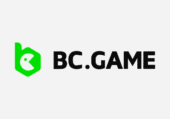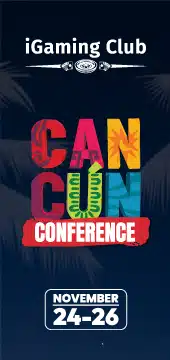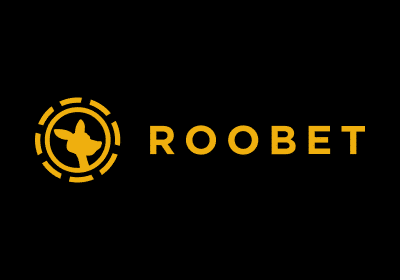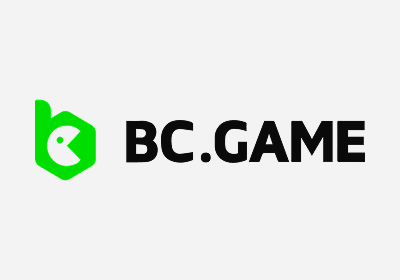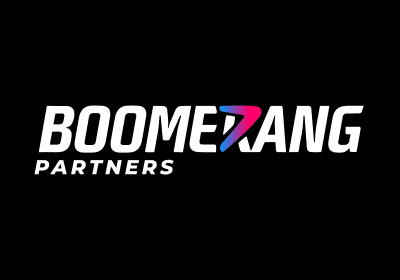Riddick’s Partners on how to profit from influencer traffic
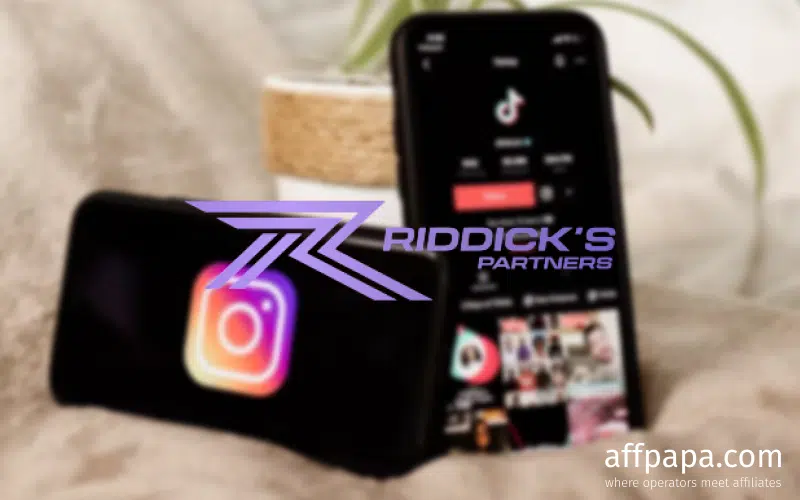
The media buying team at Riddick’s Partners shared a case study on how to profit from influencer traffic in iGaming, including results and insights.
In recent years, influencer traffic has become a main growth driver in iGaming. Influencers and streamers set the tone for brand perception, boost trust, and directly affect key business metrics.
At first glance, the strategy is standard – regular Instagram posts with a lifestyle blogger, a familiar offer, and a launch targeted at an already engaged audience. However, the impact came from mixing several factors, including the influencer’s delivery, the bonus offer, and a simple, clearly integrated promo code. This mix not only captured the audience’s attention and drove traffic but also improved final results.
The case study outlines how the system was structured, why it worked, and how it can be scaled effectively.
Influencer selection
Riddick’s Partners collaborated with an external influencer, a blogger with a dedicated lifestyle audience on Instagram. The traffic was directed straight to the product, with a unique promo code and no warm-up funnels.

Why niche and topic aren’t the most important things
iGaming products are for a broad audience. It is important to understand that any average user, even without prior exposure to gambling, can become a regular player. That’s why Riddick’s Partners doesn’t prioritize formal content. It focuses on two factors instead: the influencer’s position within the media landscape and the loyalty and engagement of their audience.
Quick validation at the beginning
At the start, it’s important to quickly identify the right influencers to work with. Riddick’s Partners used parsing tools to track likes, comments, and engagement rate, then compared them with similar accounts by GEO and niche to set realistic expectations. Bloggers were also asked to provide statistics from their accounts in video format to reduce the risk of editing and inaccurate reporting. The main focus was on the story views, engagement levels, and Reels performance.
Managing the budget
Next, Riddick’s Partners moved to discussing the terms. As a benchmark, they used the market CPM to determine whether the proposed rate corresponded with the average cost per thousand impressions for the given audience.
Riddick’s Partners also avoided naming a price first. The blogger proposed his rate, which turned out to be lower than expected. This allowed the team to secure a test budget without sacrificing performance.
They also agreed on a long-term model to check performance. If the results were strong, the collaboration would shift to a dynamic model.
After the placement, the team analyzed the data and user behavior, checked key growth points, and with those insights, moved to the next stage, which includes setting metrics for volumes, frequency, and content formats.
What the statistics showed
During the two-month collaboration, Riddick’s Partners distributed the budget evenly and tracked metrics such as total payments, NetDep, and the cost per first deposit. The performance was stable; however, in the end, the cost per FD increased about 20%.
This is typical for longer placements, as part of the audience has already seen the promo, so the responsiveness declines. However, the opposite is also possible. If the influencer constantly attracts new followers, the fresh traffic can balance out old audience fatigue.
Attribution
Riddick’s Partners tracked all users who made deposits through the promo link. About 80% of users entered the promo code manually, which indicates a high level of engagement with the promotional message among potential leads.
The promo code acted more as a tool to unlock a bonus. It played a dual role in influencer marketing, as it showed that the message was memorable, the terms were clear, and the decision was made consciously.
Initial results
Over two months, total deposits reached 140K. 49K of it came in as NetDep, meaning deposits after subtracting withdrawals. This might seem average if you think of affiliate marketing. But for influencer marketing, those are strong numbers.
However, it’s important to remember that with influencers, direct metrics are only part of the story. Their impact goes beyond one click or deposit and shows up across other channels over time.
Extra attribution through promo codes
Direct attribution shows only a small part of the bigger picture. Many users don’t act immediately after seeing a promo. They return later through search, saved links, or memory. That’s why Riddick’s Partners added an additional tracking layer by using promo codes.
The promo code helped measure the campaign’s progress beyond direct traffic. During the two-month period, it was used by about 2,500 players, with 1,122 of them being new users. These users generated an extra 152K in deposits and 53K in NetDep.
According to Riddick’s Partners, 70% of this traffic is from the influencer’s impact. This conclusion is supported by the fact that the promo code was entered manually. As a result, the campaign delivered an additional 37K in NetDep beyond the directly attributed traffic.

Final model and ROI
After the recalculation of using the “link+promo” model, the ROI based on NetDep reached 49%. This is a more accurate view of the campaign’s effectiveness and shows the results of what influencer traffic can bring with the right strategy.

Key takeaways
Working with influencers requires a smart strategy and a systematic approach to attribution and performance assessment. Riddick’s Partners identified the key insights:
- Test pricing and conversion rates should match your target metrics from the start.
- Negotiation at the beginning directly affects the final ROI.
- Without promo codes, you risk losing up to 50% of conversions that happen outside direct attribution.
- Branded SEO traffic matters. Users often return through search rather than clicking a link.
- Repeat placements improve retention. Ongoing exposure builds brand recognition, boosts conversion, and helps with user retention.
Additional impact
The campaign triggered additional processes. Riddick’s Partners noticed users who had previously shown little to no activity, but returned to make a deposit using a promo code. Noticeable spikes also appeared in other channels, and acquisition costs decreased, likely because of the influencer’s extra touchpoint.
The collaboration with the influencer is still ongoing. Some of the traffic hasn’t reached its full potential yet, which means the current ROI is conservatively low.
A final and accurate assessment of the campaign’s performance will only be possible three to six months after its completion. However, the interim results already confirm that influencer traffic is a highly effective source that will continue to gain a larger share of the iGaming market.
Covering a range of topics in the iGaming space, including news, interviews, and in-depth articles, my main focus is to keep things informative, clear, and genuinely interesting. With a degree in Cross-Cultural Communication, I write in a thoughtful, accessible tone that connects with both industry pros and interested newcomers.



